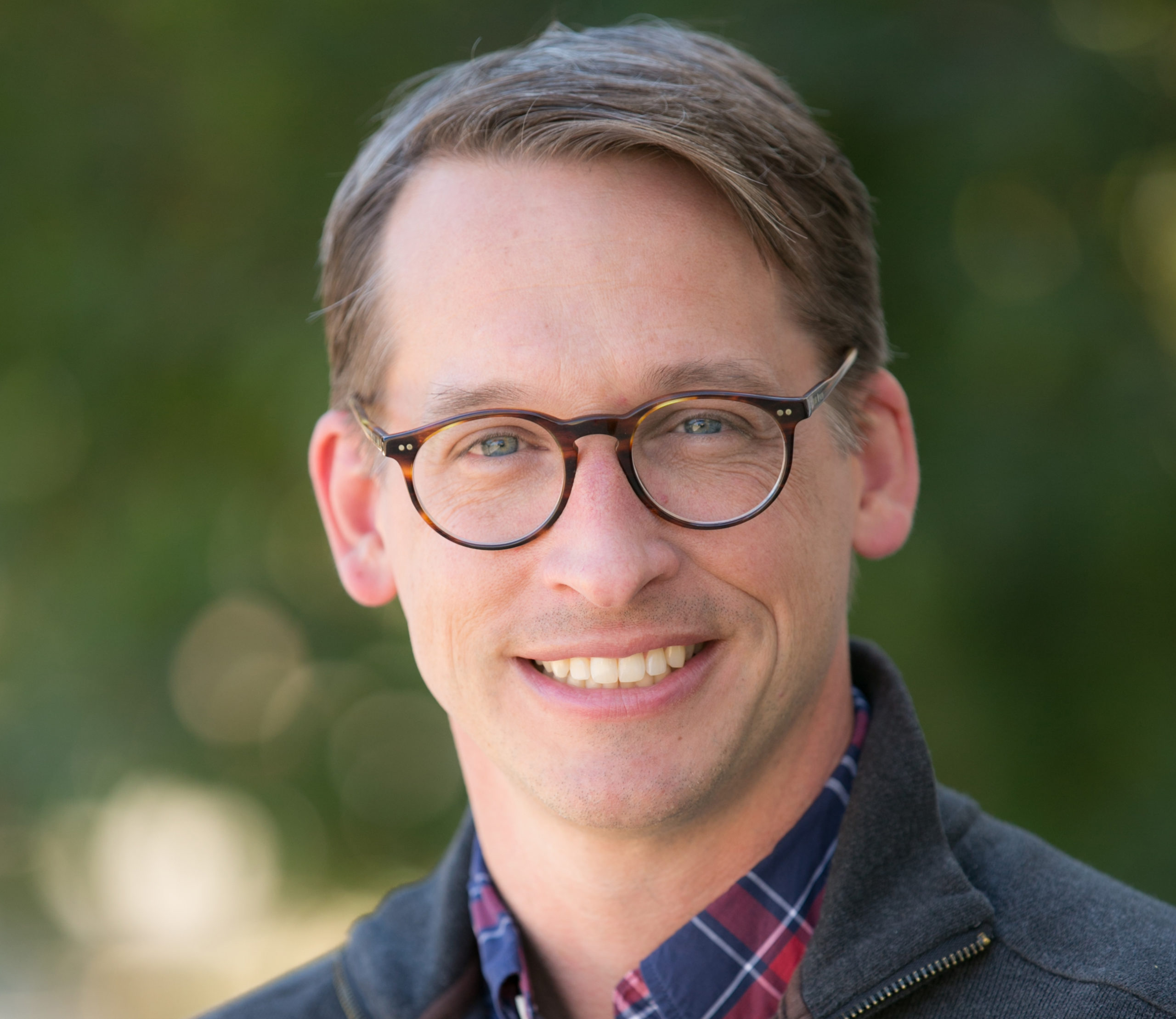
Colin Dwyer (2016-2017), who helped the Allegheny County Health Department create an integrated response to the opioid epidemic in its region, is the founder of the Opioid Crisis Response Fund (OCRF), a nonprofit that raises money for opioid response opportunities with the greatest life-saving potential. OCRF makes these determinations by prioritizing funding on the basis of size, timing, and potential for impact. Colin speaks to us about the personal and professional impact of his FUSE fellowship and his new venture.
How did the FUSE fellowship impact you?
Prior to my FUSE fellowship, I had been looking for a way to connect my personal background in recovery from addiction with my professional background in the private sector in healthcare. The FUSE fellowship was the first, and only, opportunity of its kind that I saw for someone like me: a mid-career professional who wanted to apply his private-sector background to addressing addiction and advancing recovery in a public-sector role. I was able to help accomplish important, life-saving work during my fellowship. I was able to identify the gaps in opioid response that I’m now targeting through my current organization. The FUSE fellowship set me on my current track and allowed me to be useful today in a way, and at a scale, that I’d always hoped for.
What are you working on now?
I founded OCRF in September of 2018 to help make a positive change in the opioid crisis. We’re working in New Orleans; Davenport, Iowa; Southern Indiana; the Bad River Chippewa Reservation in Northern Wisconsin; Chillicothe, Ohio; Hartford, Connecticut; and we’re about to start funding work in Detroit. We’ve assembled a great group of funders, advisers, and partners, including the Open Society Foundations, Guidestar, and the Yale School of Medicine.
Since we launched last fall, OCRF funding has helped save more than 983 lives from overdose.
What are you hoping to achieve in the future?
OCRF is in a position to quantify benchmarks of grant impact and cost-effectiveness for government and philanthropic funders of opioid response. Right now, the way we measure impact, our work is saving 3.6 lives per day, at an average cost of $135.86 per life saved.
Our goal this year is to broadcast to the larger opioid response funding community that OCRF is demonstrating the hurdle rate — or the minimum rate of return required on a project — for grants targeting the opioid epidemic.
If we can successfully broadcast OCRF’s current rates of effectiveness throughout the funding community, and demonstrate what impact could look like, it might accomplish a number of important things. It could give funders an evidence base for assessing risk/reward in opioid response grant-making. It could potentially influence the behavior of government and foundation funding streams worth billions of dollars. And it could attract funding support to OCRF, as we will have proved that we are getting resources to combat the opioid epidemic to their “highest-and-best use.”
News and press:
Article in Addiction Professional.
Press release by fiscal sponsor the Harm Reduction Coalition.
Background stories of inspiring OCRF grantees.
